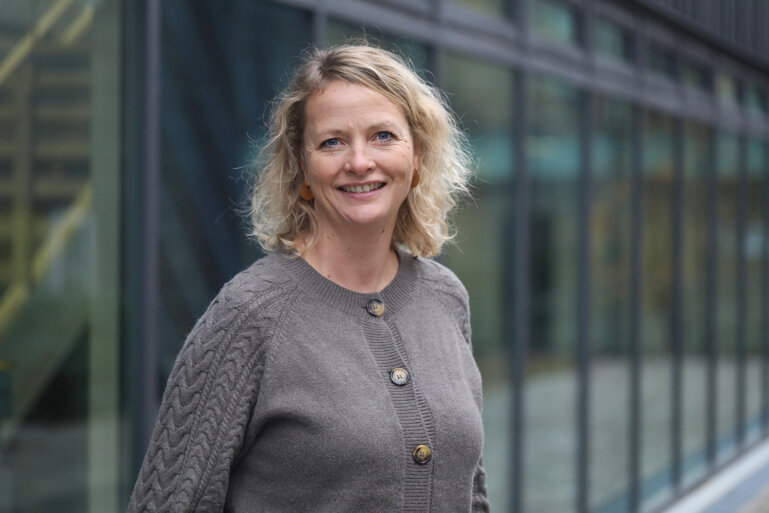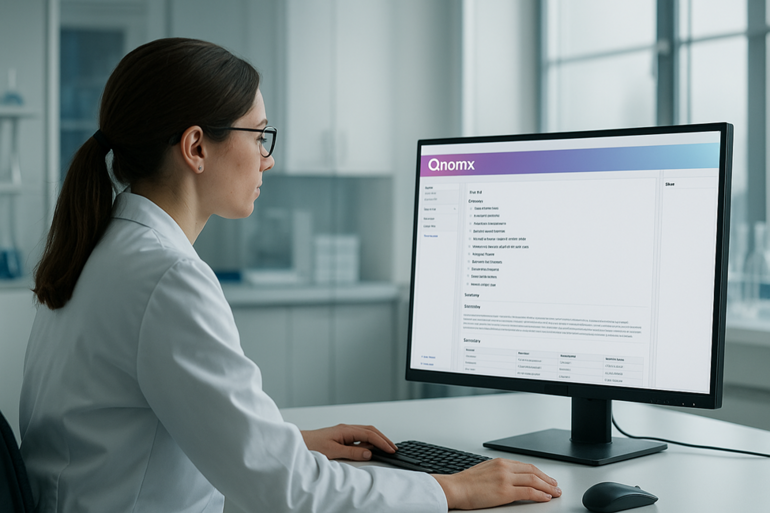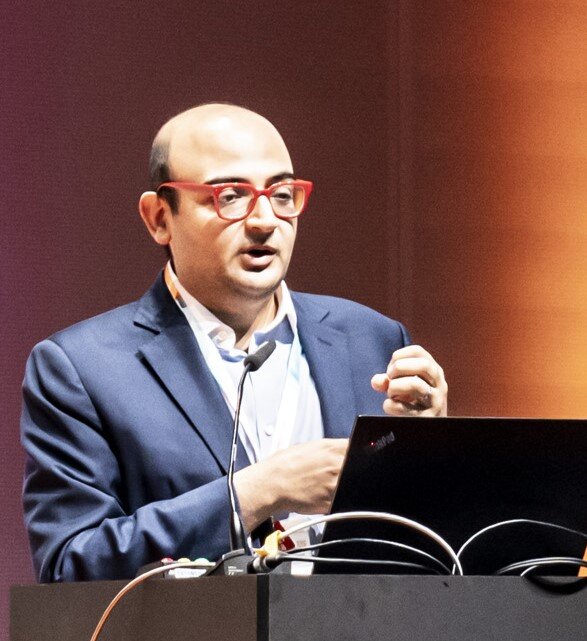Artificial intelligence has entered drug discovery and development supporting target identification and validation, but challenges remain
“So, we are in exciting times in drug discovery and development: I think that we finally have the tools we need in order to completely scrap the old way we do things,” stated Dr Bissan Al-Lazikani, MD Anderson Cancer Centre, U.S., during the educational session ‘Artificial intelligence (AI) in drug development’ at the ESMO Targeted Anticancer Therapies Congress (TAT) 2025 last March, referring to AI-based systems.
Expert discussions around the promises of AI, particularly machine learning and deep learning algorithms, converge on the idea that one of AI most impactful contributions in discovery and development of novel anticancer agents lies in target identification and validation.
Despite great advances in molecularly profiling tumours in the last decade, research data paint a sobering reality: only around 10% of patients with advanced disease have an identifiable and actionable mutation and will benefit from genetically informed or directed therapy (JAMA Oncol. 2018 Aug 1;4(8):1093-1098), while the remaining patients harbour some undefined mechanisms driving carcinogenesis, which cannot be targeted yet.
There is approximately a 10-fold disparity in the growth rate of genomic sequences and the growth rate of drugs approved by the U.S. Food and Drug Administration (FDA), explained Al-Lazikani at the congress, meaning that “we are simply not getting return on investment from all the data we are generating,” she said. Reducing or, even better, closing this gap would be a natural consequence from expanding treatment options for patients. The key question now is whether AI can truly help deliver cancer care to patients more efficiently and rapidly.
Experts’ views and perspectives are mixed. In 2013, with her research team, Al-Lazikani published the results of a computational analysis of disparate data, including chemoinformatics, gene expression, mutations and three-dimensional structure, which led to the identification of 46 proteins in the Cancer Gene Census as potential new druggable targets (Nat Rev Drug Discov. 2013 Jan;12(1):35-50). “At that time, no one was working on them as we did not know they were tractable targets for cancer. Since then, some of those ended up in drug discovery and drug development,” she said.
As AI can delve deep into massive, complex, multi-parametric datasets, it may facilitate an unbiased, disease-agnostic approach to cancer biology. For Allan Jordan, Vice President at Sygnature Discovery, generative AI platforms can generate swathes of ideas, for both hit expansion and lead optimisation. However, he cautions on the hype around AI’s transformative potential in drug discovery and development, noting that heavy financial investments in the field have yet to yield significant results.
Reasons are multifold. “Firstly, AI is not AI – i.e. the AI platforms are not themselves intelligent: it is simply data interpretation, data analysis and machine learning,” he explained during the session. “These data-rich programmes do help us in some places, for example, where there is a lot of literature data available in fast-follower programmes, and ChatGPT is fantastic in assessing the literature and giving you a summary of what is going on in a particular area of therapeutics discovery. However, AI application to truly novel first-in-class drug discovery targets and the progression through the clinics remains somewhat unknown.”
Among the most critical aspects there is data quality. “As a community, we rarely publish negative findings and complete dataset, so the training data our models have are from very limited data subsets. And we know from studies that only about 20 to 25% of the early discovery literature is reproducible in a way that supports therapeutics discovery. So, we try to train our AI models to do exciting novel drug discovery on datasets that are incomplete and irreproducible.”
While some challenges still remain, interdisciplinary collaboration between oncologists, data scientists, and regulators appears to be key to translating AI innovations into tangible benefits for patients. “It is the combination of person and machine learning that will really drive things forward,” added Jordan at the panel discussion.
Al-Lazikani also emphasised that drug discovery and development should be seen as a living adaptive system, “starting with the patients, ending with the patients,” where AI is not just a driver, but an accelerator. By enabling target discovery, optimising trial design, and facilitating precision therapeutics, AI is poised to complement and enhance human expertise while facilitating time-consuming tasks.
“There is no reason why we should not go from idea into clinical trials within 3 years, and that is what we should be aiming for and where we need to be in ten years in order to shift the needle for our patients,” she concluded.
[This article is based on reporting from the Educational session ‘Artificial intelligence (AI) in drug development’ held at the ESMO Targeted Anticancer Therapies Congress 2025]
AI & Digital Oncology: Resources in one place
Looking for further insights into how artificial intelligence and digital tools are impacting oncology? The ESMO AI & Digital Oncology Hub brings together expert perspectives, research updates, and thought leadership from across oncology.
It is a space where you can stay informed, discover resources, and follow the conversation on digital innovation in cancer research and treatment.
To further explore the transformative potential of AI in oncology, the very first ESMO AI and Digital Oncology Congress 2025, taking place from 12 to 14 November, will provide a dedicated platform focused on the latest advances in AI and digital technologies in cancer care.






